Ever looked at a front-end codebase and thought, “Why is this so complicated?” You’re not alone.
Modern front-end development often feels like managing chaos—frameworks, state management tools, and complex build pipelines can easily obscure the fundamental goal: simplicity.
Let’s explore practical ways to simplify front-end architecture, making it easier to build, maintain, and scale applications efficiently.
1. Design Modular, Reusable Components
Reusable components are the foundation of scalable front-end systems.
For example, a Button component can manage all variations—primary, secondary, and disabled—through a single implementation. This eliminates scattered styles and duplicated logic.
Example: A Reusable Button Component in React
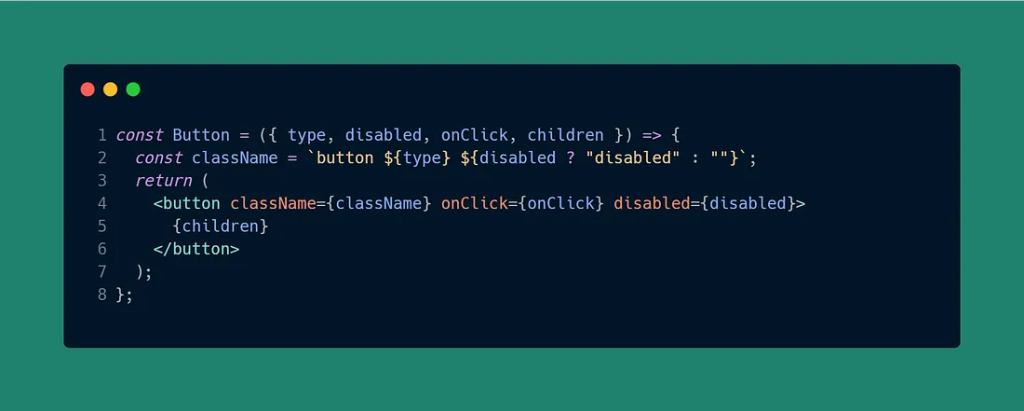
Each component becomes a self-contained building block, making development smoother and more efficient.
2. Minimize Dependencies
Every dependency introduces risks—outdated APIs, security vulnerabilities, and breaking changes.
As Microsoft Docs states:
Minimize dependencies to reduce security risks and compatibility issues.
Before installing a package, ask: Can this be done natively?
Example: Date Formatting Without a Library

Built-in features reduce bloat and improve maintainability.
3. Manage State Efficiently
State management is where complexity often spirals.
Global state solutions like Redux are overkill for many applications. Instead, start with React’s useState or useReducer and scale only when needed.
Example: Local State with useState
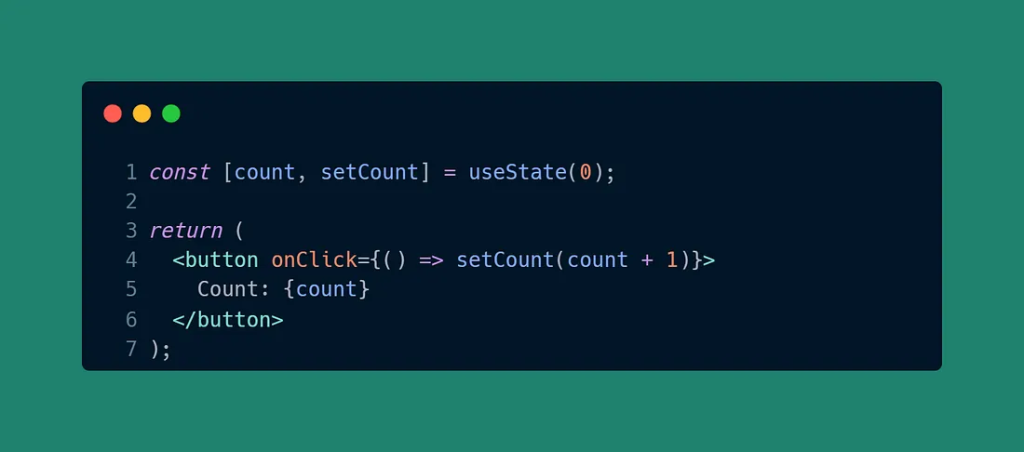
Only introduce Zustand or Redux Toolkit when local state becomes unmanageable.
4. Optimize Performance with Simple Tactics
Performance optimization doesn’t have to be overwhelming. Small choices can yield big improvements.
Example: Lazy Loading in React
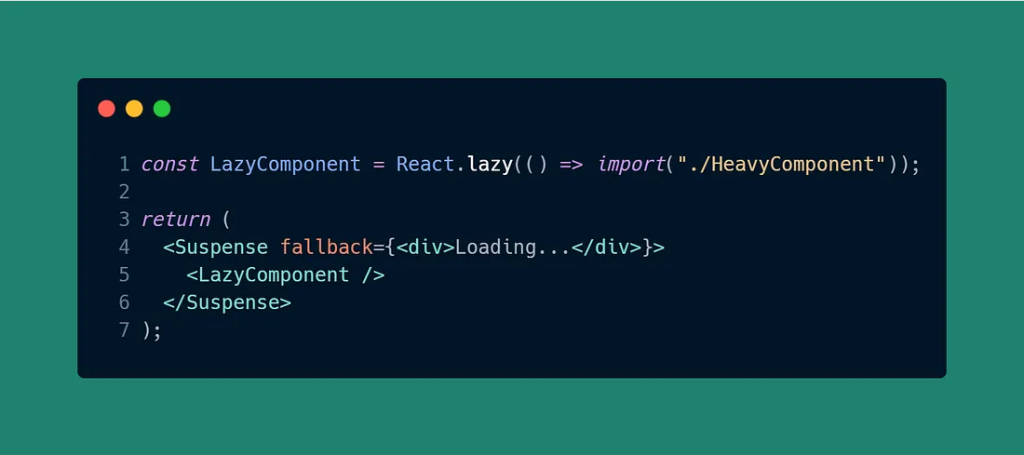
Lazy loading ensures only necessary components load, improving page speed and user experience.
5. Follow Convention Over Configuration
Overriding conventions increases cognitive load.
Frameworks like Next.js offer smart defaults for routing, folder structures, and API handling. Leveraging these defaults saves time and effort.
Example: File-Based Routing in Next.js
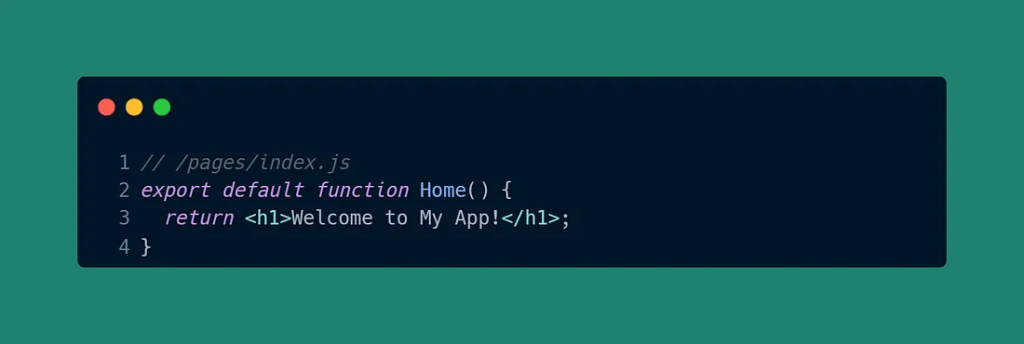
Lazy loading ensures only necessary components load, improving page speed and user experience.
5. Follow Convention Over Configuration
Overriding conventions increases cognitive load.
Frameworks like Next.js offer smart defaults for routing, folder structures, and API handling. Leveraging these defaults saves time and effort.
Example: File-Based Routing in Next.js

Sticking to established patterns simplifies collaboration and onboarding.
6. Refactor Regularly
Quick fixes often lead to long-term technical debt. Regular refactoring helps maintain clean, maintainable code.
As Robert C. Martin wrote in Clean Code:
Refactor code for readability and maintainability.
Keeping code modular and structured ensures easier debugging and future improvements.
7. Standardize Code Formatting
Consistency is key to a well-maintained codebase. A uniform approach to styling and formatting enhances collaboration.
Tools like ESLint and Prettier automate this process.
Example: Prettier Config for Consistency

A well-documented coding standard benefits the entire team.
8. Prioritize Responsive & Accessible Design
A simple front-end benefits both developers and users.
CSS Grid and Flexbox streamline layouts, while ARIA guidelines improve accessibility.
Example: Responsive Layout with Flexbox
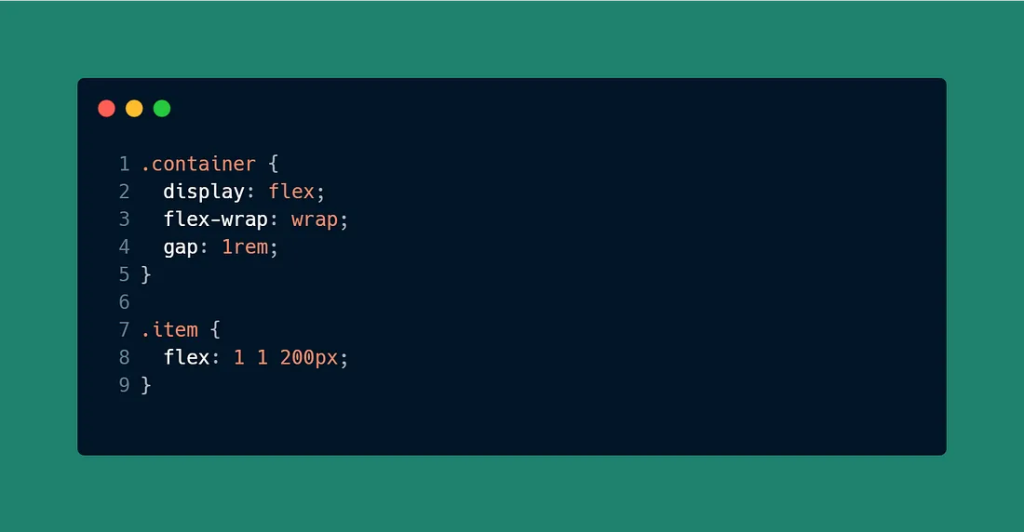
Good design doesn’t need to be complicated—simple, elegant solutions work best.
9. Document the “Why,” Not Just the “What”
Documentation should go beyond describing functionality—it should explain reasoning.
Ever inherited a project and wondered, “Why was this done?” Clear documentation eliminates guesswork.
Good documentation is a form of user interface. — W3C Standards
Think of documentation as leaving breadcrumbs for future developers (or your future self).
Simplicity in front-end development isn’t about writing less code—it’s about making thoughtful choices that reduce unnecessary complexity.
By embracing these principles, you’ll create a codebase that’s easier to manage, scale, and enjoy working with.
Less chaos, more clarity, and code that just works—that’s the goal.
If you have any questions about your project, please write to us 🚀
We are happy to help🤝




